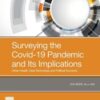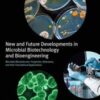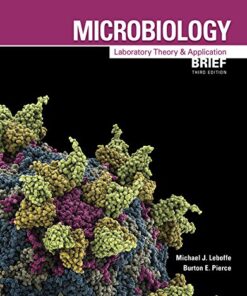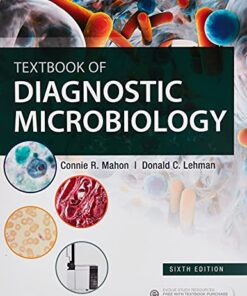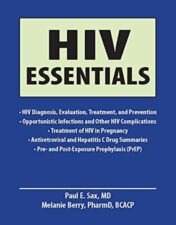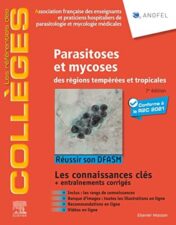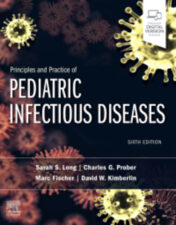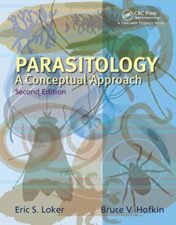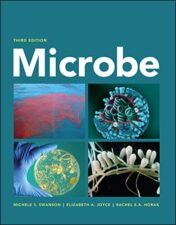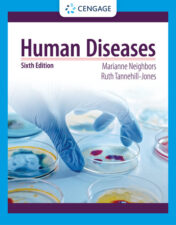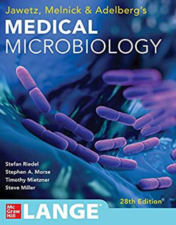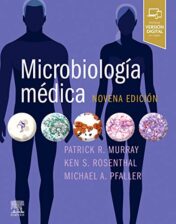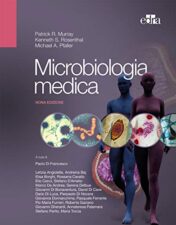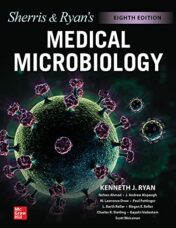Its family is Coronaviridae, and its genus is Coronavirus. The most important groups who are at risk are family members in close contact with cases, health-care workers in close contact with cases, elderly and immune compromised individuals appear at increased risk. MERS-CoV is a zoonotic virus which can lead to secondary human infections. It is the sixth coronavirus that influences human. MERS-CoV is most likely derived from an ancestral reservoir bats. MERS outbreak was found in the Republic of Korea since 2015. Coronavirus entry is initiated by the binding of the spike protein (S) to cell receptors, specifically, dipeptidyl peptidase 4 (DDP4) and angiotensin converting enzyme 2 (ACE2) for MERS-CoV and SARS-CoV, respectively.
The genome sequence analysis has shown that SARS-CoV-2 belongs to betacoronavirus genus, which includes Bat SARS-like coronavirus, SARS-CoV and MERS-CoV. On the basis of nucleic acid sequence similarity, the newly identified 2019-nCoV is a betacoronavirus. The RBD portion of the SARS-CoV-2 pike proteins has evolved to effectively target a molecular feature on the outside of human cells called ACE2, a receptor involved in regulating blood pressure. The SARS-CoV-2 spike protein was found so effective at binding the human cells. In SARS-CoV-2, M protein is responsible for the transmembrane transport of nutrient, the bud release and the formation of envelope, S protein, attaching to hose receptor ACE2, including two subunits S1 and S2. These diseases can be considered important models for emerging infectious diseases as it emerged from natural animal reservoirs. Early recognition, prompt isolation and appropriate supportive therapy are the main parameters in combating with these deadly infections.


